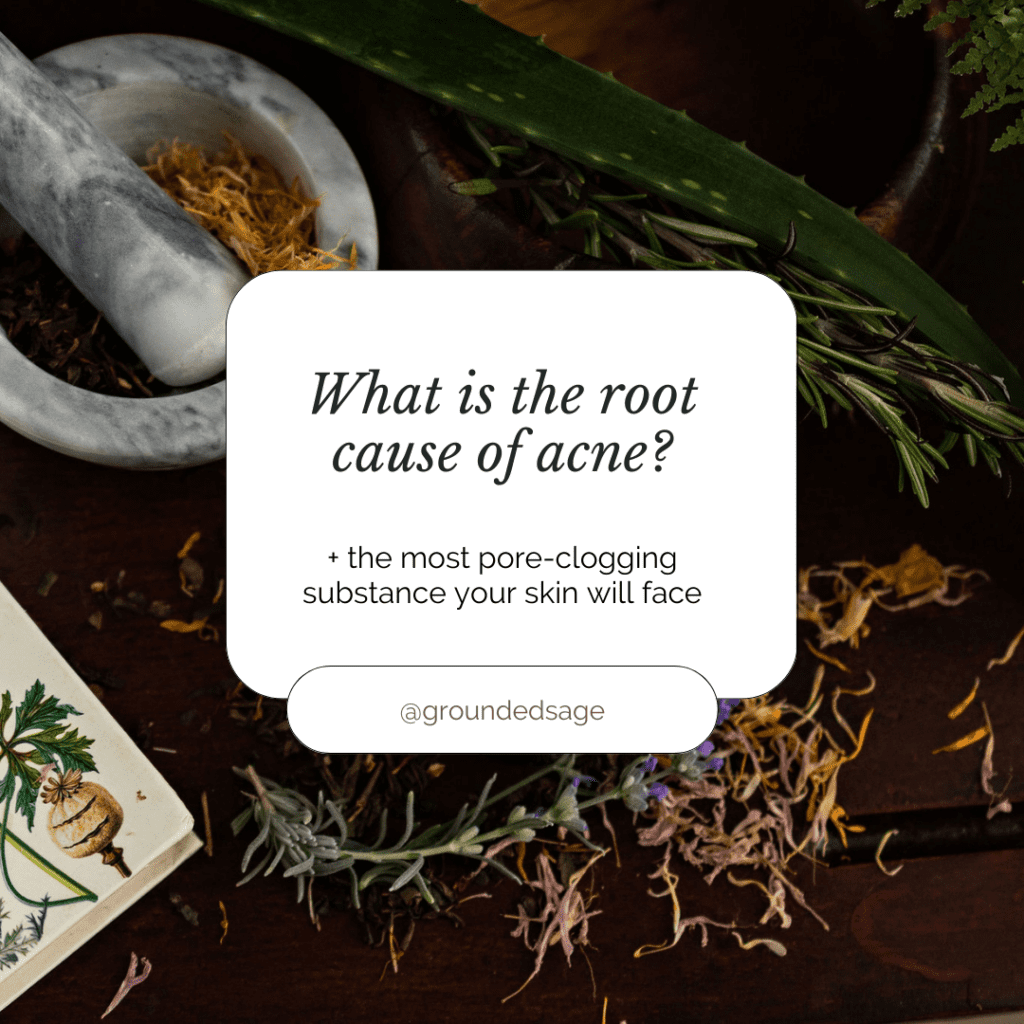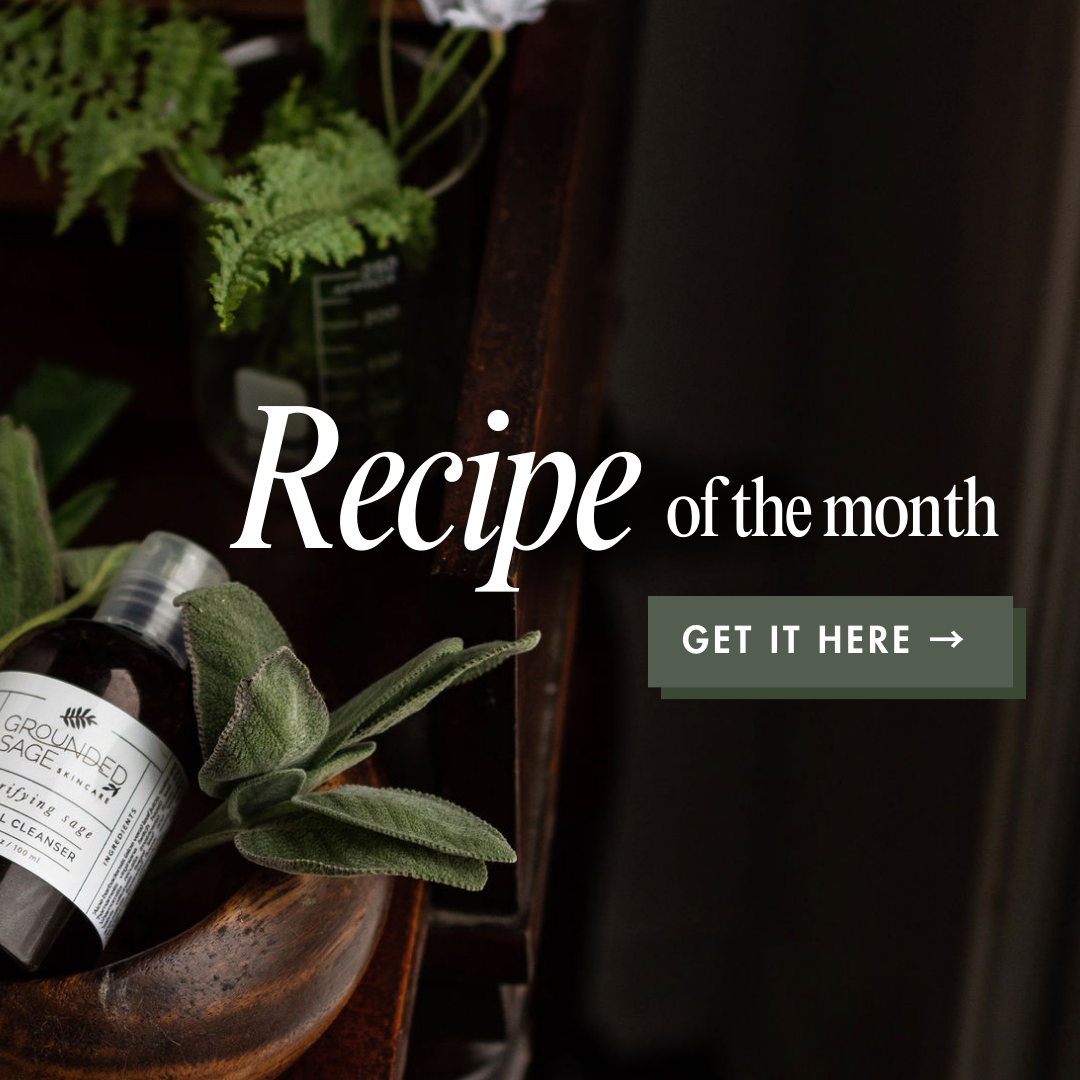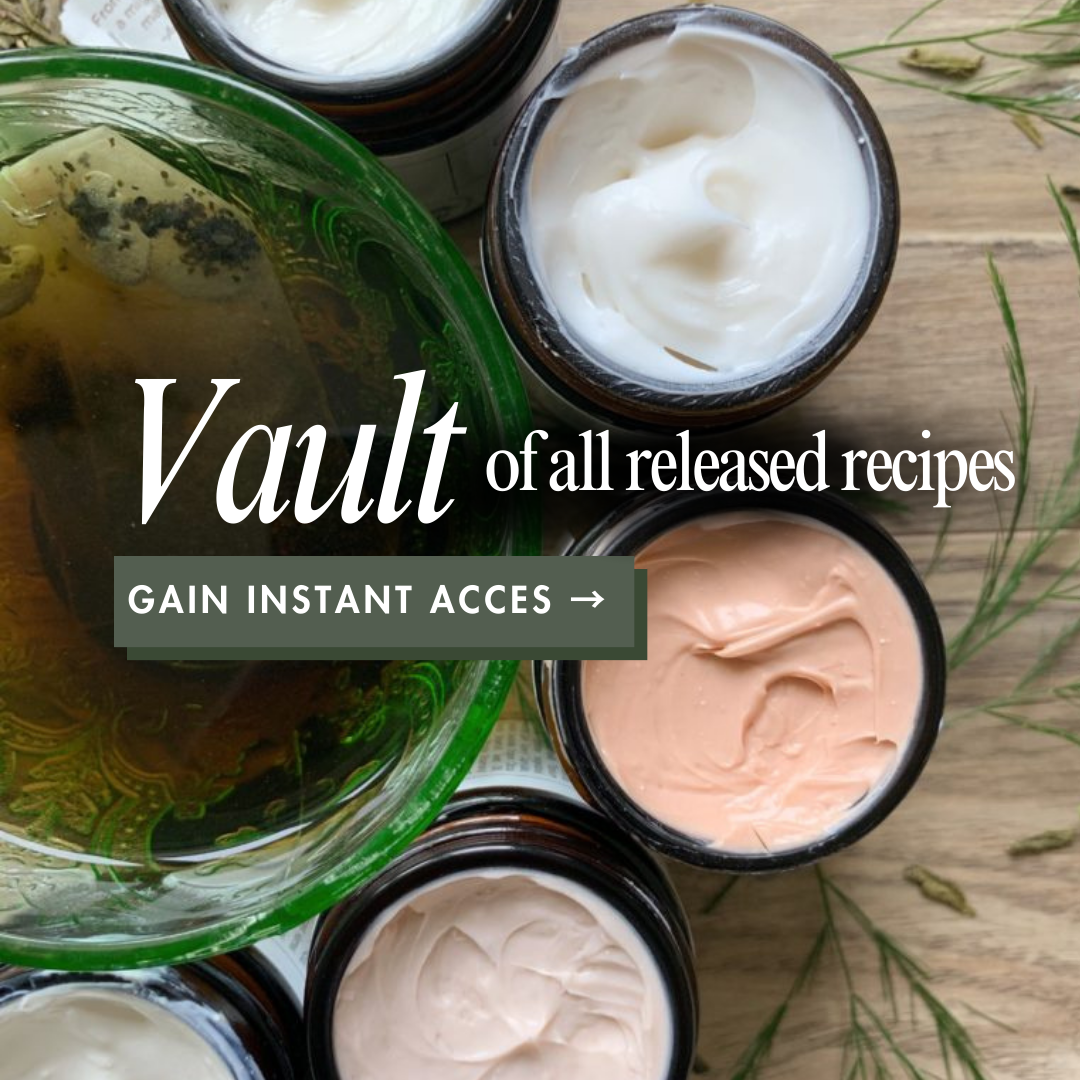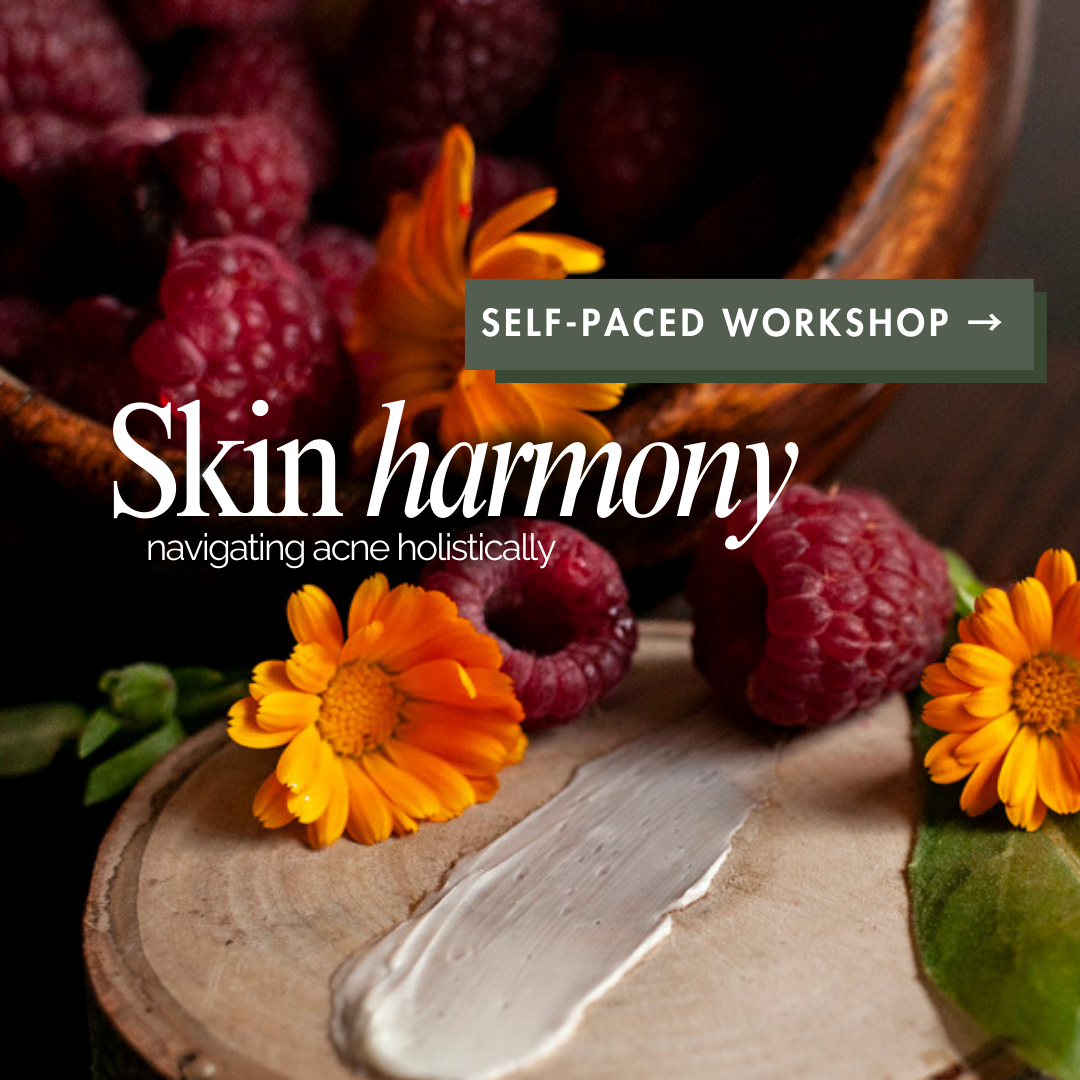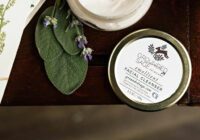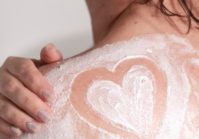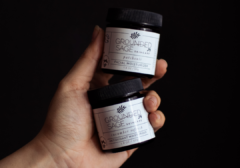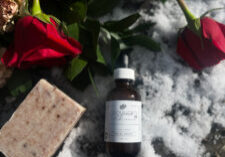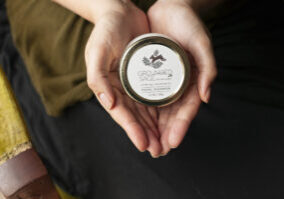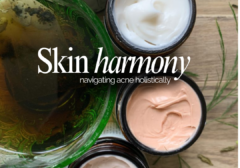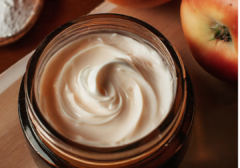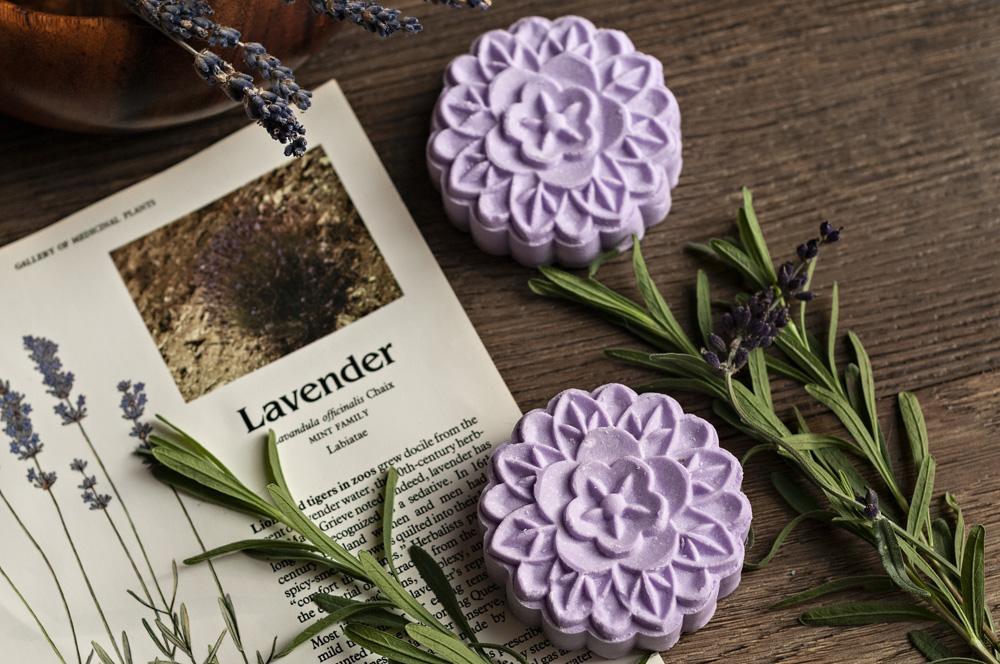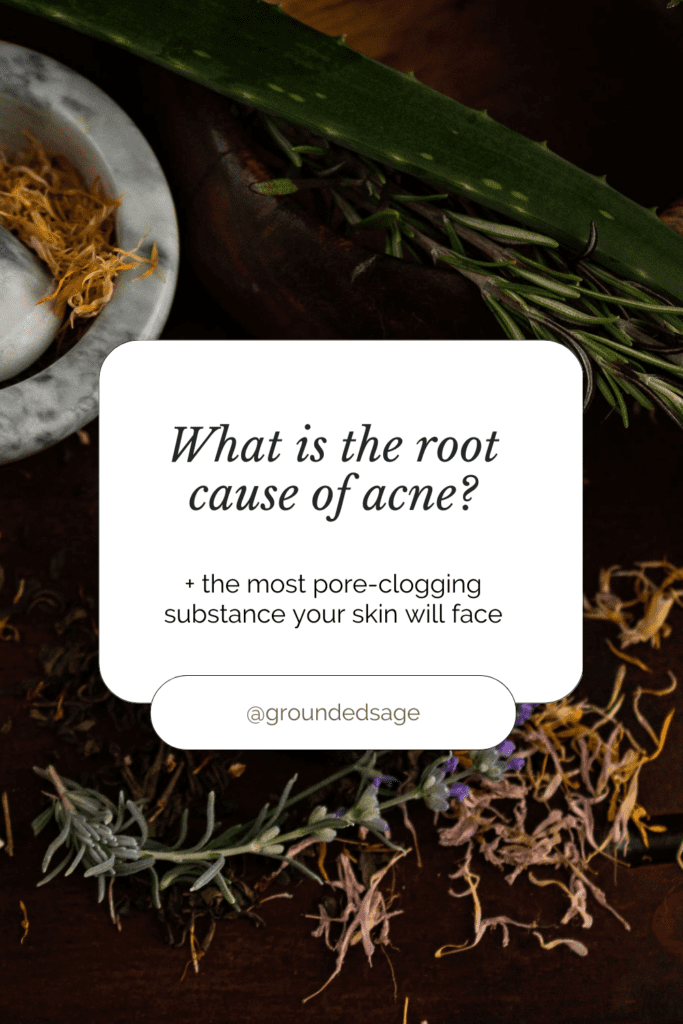
So what is the root cause of acne? Many think it’s bacteria and focus their acne treatments on controlling “acne-causing bacteria.” While keeping bacteria under control can help, concentrating our efforts here is like trying to stop a rock from rolling down a hill.
It’s much easier to move the rock away from the cliff’s edge rather than try to stop it in mid-tumble!
Studies have shown that the very start of a blemish doesn’t contain bacteria at all!
How does acne start if bacteria aren’t the root cause of acne?
What is the catalyst that causes some people to have acne while others don’t?
The answer: Damage to our sebum (our skin’s natural oils).
Say what?
Our oil (sebum) is vulnerable to oxidative damage.
When oxidative damage happens, the fatty acid squalene (a key component of sebum) forms a highly pore-clogging substance called squalene peroxide.
Still with me?
The squalene peroxide produced due to oxidative damage blocks your pores.
These blocks trap a mix of bacteria, dead skin cells, hardened oil, debris, etc., inside your pores.
So the bacteria gets trapped in your pores, but it wasn’t the reason your pores get clogged in the first place!
The damaged oil creates clogs in your pores.
How do we stop oxidative damage to our sebum?
We stop oxidative damage by looking at what creates the conditions for sebum to get damaged in the first place!
For that, we need to look at
- Hormone imbalances
- Inflammation inside & out
- Sources of topical damage
… which is precisely what we dive into in this digital workbook (it’s free in the online shop if you’d like to geek out all the details right now).
If digital workbooks aren’t your thing, no problem! I’d recommend checking out our floral aura skin assessment for personalized recommendations (aka skip the theory and get right to the practical application for your skincare routine. Just be sure you’re not ignoring all the internal factors, too!).
If you’re signed up for our newsletter, I’ll pop into your inbox every so often to talk about internal causes of acne (or if you want to skip ahead, check out the workbook right now – it’s free!).
Next week, I’ve got a helpful email for those with sensitive skin. Make sure you’re on the mailing list to get it, or stay tuned to the blog for my next post.
See you then,
![]()

